[Editor’s note: This article runs in a new section of The Tyee called ‘What Works: The Business of a Healthy Bioregion,’ where you’ll find profiles of people creating the low-carbon, sustainable economy we need from Alaska to California. Find out more about this project and its funders.]
Robin Annschild had big plans for the excavators placed at her command. Normally such heavy machines are used to gouge the earth to make mines, highways, shopping malls or some other human development, subtracting natural habitat in the process.
Not today. Wearing a broad-brimmed hat and high-visibility vest, Annschild put the heavy machines to work in service of wildlife.
She directed the excavator operators to hollow out ponds where fish could reproduce and dig winding channels to connect the ponds back into the creek system. Crews carved bear dens into the landscape and built shelters for snakes and perches for local birds.
It was all part of the contract for wetland restoration consultant Annschild. For the past four years she has travelled to the reservoir basins near the city of Trail, B.C., to help turn the site of two dams back into lush, green wetlands.
“This technology was initially designed for extractive purposes, without consideration for the impacts to health of the watershed or ecosystems on the landscape,” Annschild said. “It’s fun and thrilling to utilize that technology for exactly the opposite purpose.”
Annschild is the founder of Victoria-based Rewilding Water & Earth. Since incorporating the venture in 2021, Annschild has built the company to a team of seven. It’s paid to design plans to restore wetlands and rewild them with native plants. Its work makes ecosystems more resilient to climate change and better equipped to support life.
“We’re confronting these twin crises of climate change and biodiversity loss,” Annschild said. “By restoring wetlands and streams, we are bringing multiple benefits that really address the most pressing issues of our time.”
Habitat loss due to infrastructure development and resource extraction is a major threat to biodiversity worldwide. According to research from the Wildlife Conservation Society of Canada and SHAPE of Nature, as of 2023, there are 338 species either at risk or near extinction in B.C. — the highest number of any Canadian province or territory.
Since settlers arrived in B.C., some parts of the province have lost up to 90 per cent of their natural wetlands habitats.
Wetlands and flood plains also have an important role mitigating damage from extreme rainfall, which is expected to occur more frequently as the planet warms. These ecosystems soak up water to lessen flooding and slowly release water into creeks and streams over time.
According to Annschild, wetland restoration results in more climate-resilient habitats for wildlife and humans.
“Wetland and stream and watershed restoration is preventive,” Annschild said. “It helps repair past damage; it helps to prepare us better for extreme weather, like the storms and the challenges that are coming from climate change.”
Annschild, who studied environmental biology and ecosystem restoration, previously worked as conservation director for a land trust in the Gulf Islands, the Salt Spring Island Conservancy. There, she said, she saw conservation efforts slowly erode.
“One of the things that I found challenging working in conservation was that it’s really all about attrition,” she said. “I was seeing these [conservation] sites being subdivided, seeing the loss of habitat continuing.”
In the 2010s, Annschild said she hired Kentucky-based wetland biologist Tom Biebighauser to restore some disturbed habitats on Saltspring Island. When she saw his work, she was hooked.
“I was attracted by the idea of taking my skills and knowledge around how to restore watersheds and being able to bring it out,” she said. “Not only to apply it to protected lands, but also to apply it landscape-wide.”
In 2014, Annschild left the conservancy to become a wetland restoration specialist and consultant. She worked as a sole proprietor for nine years, often collaborating with Biebighauser, before incorporating Rewilding Water & Earth. Since then, she’s directed the construction of more than 275 wetlands in the Kootenays and in the Cowichan Valley. Her clients include municipalities, First Nations and conservation groups like the BC Wildlife Federation.
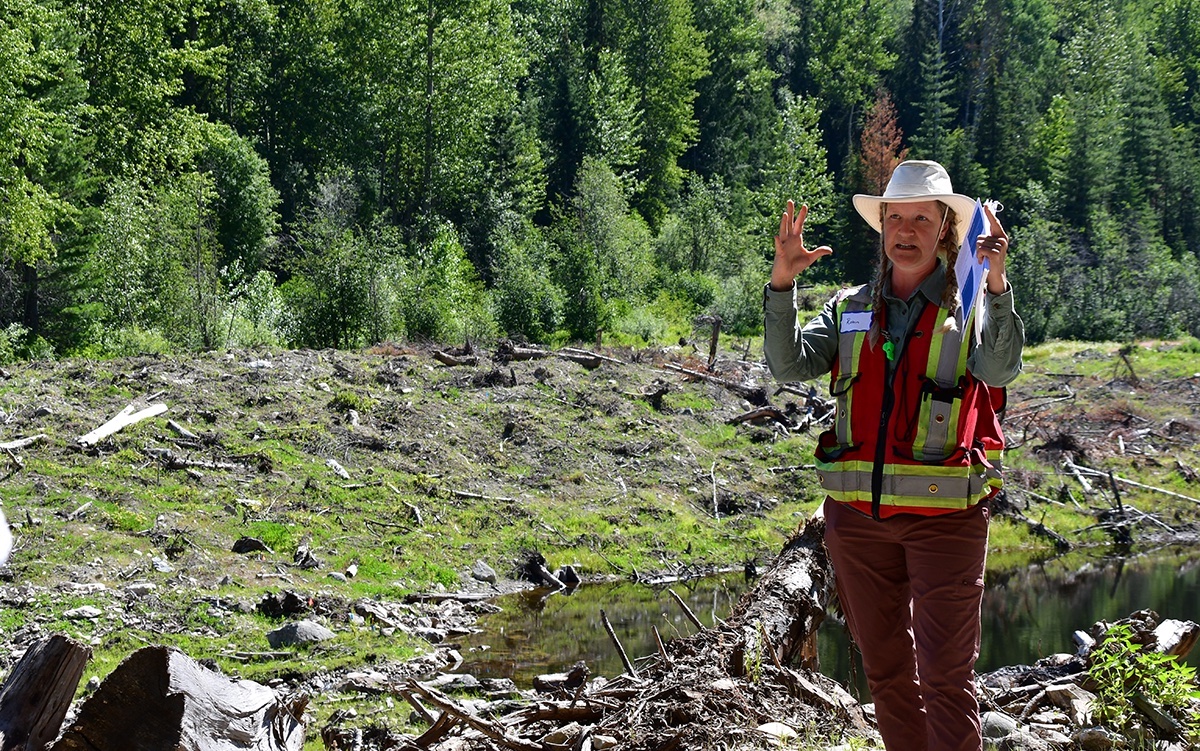
Back in Trail, in 2019, the dams on Violin Lake and Cambridge Creek were failing. Nearly a century earlier, in 1918, settlers had blocked the creeks with mounds of packed earth. They created two reservoirs, which supplied the town with drinking water until 1994.
City of Trail engineer John Howes said that by 2021, reservoirs were essentially huge lakes. In the winter, when they froze over, residents would venture onto the reservoirs’ glassy surface to fish on the ice.
But the mounds of packed dirt and soil that had blocked the flow of water for nearly a century had eroded. They had become a precarious part of an already stressed system of creeks and waterways.
Heavy rains and atmospheric rivers would cause the water system near Trail to swell, and the resulting flood damaged buildings and infrastructure. Restoring the reservoirs into wetlands would equip the region with a natural drainage system that continued to support local biodiversity.
When Trail decided it was time to decommission the dams, the city called Annschild.
“We didn’t have the expertise internally to do the work,” Howes said. Annschild “could talk to the excavator operators and tell them where to place coarse woody debris and soil and things like that. She could show them where different little ponds were going.”
Annschild noted in a report for the city that the Cambridge Creek dam could fail from the runoff of a single major storm, which could cause the waters of the downstream Trail Creek to swell and flood the city.
She studied how the dams had disturbed the land. Cars and trucks driving near the reservoirs had made it hard for at-risk western toads to breed. Beavers had taken to damming the reservoir’s emergency spillways.
Annschild designed a plan to remove the dams and ensure the land could support its local fauna. With her preliminary plan, the city applied for funding to help. The Healthy Watersheds Initiative, a program created by the B.C. government, granted the project $561,000 to restore the wetlands. The federal government granted Trail another $1.85 million in disaster mitigation funding.
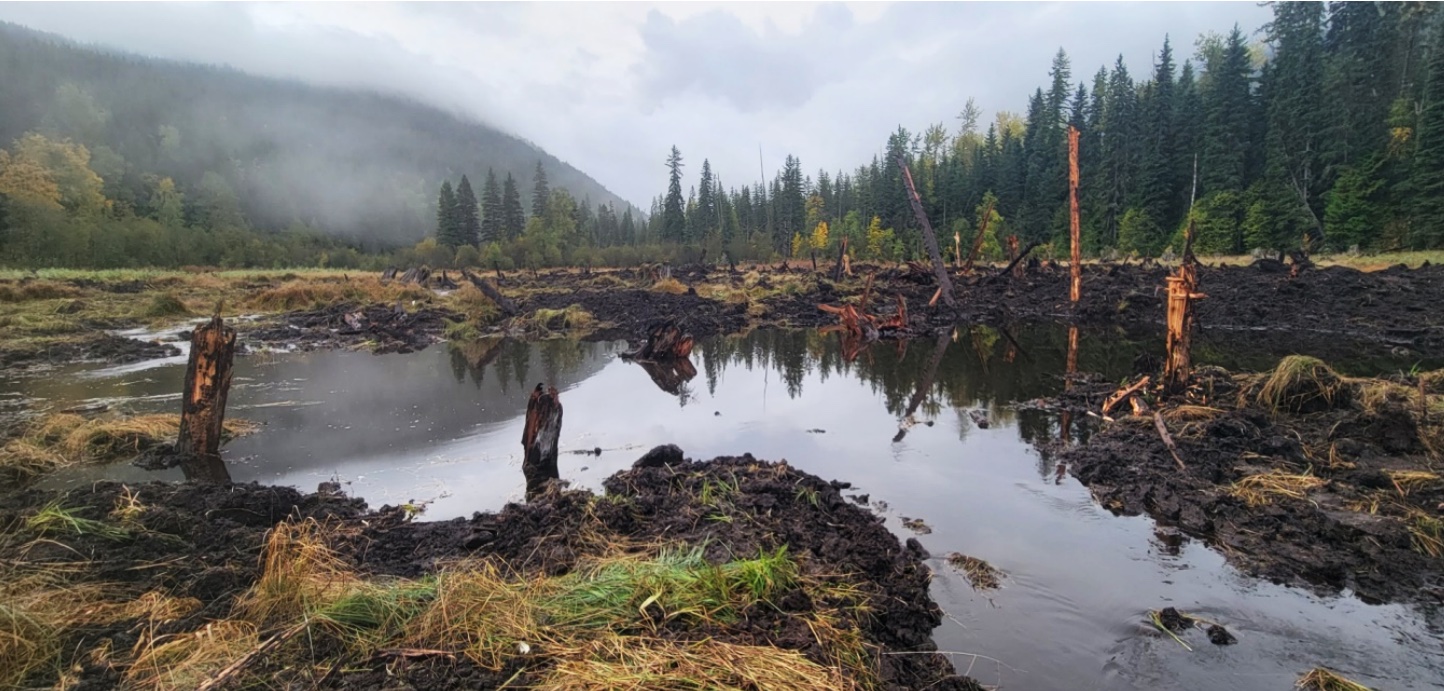
As she tackled the project, Annschild consulted the nearby Autonomous Sinixt nation and led Elders and leadership on tours of the area. In a statement to the Healthy Watersheds Initiative, Autonomous Sinixt Matriarch Marilyn James said, “The hand of man messed [the wetlands] up, and the hand of man will restore this place.”
Following Annschild’s design, crews replanted native species of grass, trees and other greenery. They dug channels into the earth to restore the creek system’s cricks and bends. She ensured the native fauna, like bears, snakes and beavers, had enough food and resources to be able to sustain themselves and the wetlands. The Trail project reached completion last summer.
Now, the city has erected cameras to monitor the newly restored wetlands. Where the reservoirs previously sat now flow two streams. Young plants are starting to thrive in the soil, and last spring, western toads returned to the wetlands to breed.
“The site looks amazing, it’s quite lush,” Howes said. “It seems to be doing quite well.”
The four-year effort cost the city about $2.4 million. Howes said the city is waiting to see how the wetlands support life and manage water flows as the river system thaws this spring.
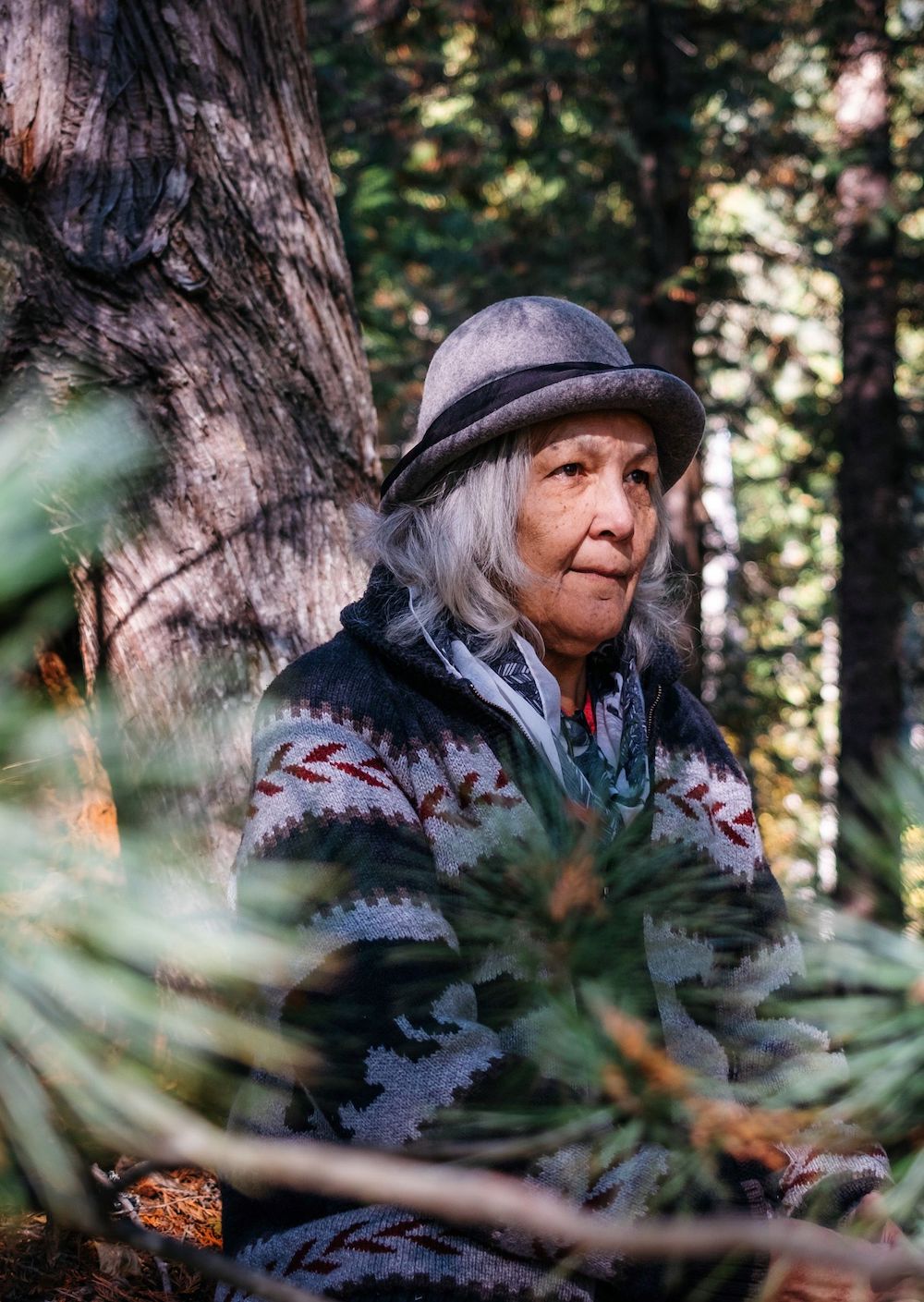
Rewilding Water & Earth is not the only firm designing wetland restoration in the West Coast bioregion. Jason Dumont is the owner of Mosaic Ecology, an environmental restoration firm based in Portland, Oregon. One Wednesday in February, Dumont drove back towards the city from Washington County, where Mosaic Ecology is converting a series of agricultural fields, large expanses of soil plowed near muddy riverbeds, into wetlands. It’s a regular commute for Dumont.
“I prefer to be able to go and see sites multiple times and have a personal connection with it,” Dumont said. “A lot of the people I work with get very attached to places and to the land.”
Mosaic Ecology designs and manages wetland, riverbed and some prairie restoration. Unlike Rewilding Water & Earth, Mosaic Ecology’s team of about 35 includes 25 fieldworkers, who do the physical work of restoration, like finding homes in the ground for seedlings and digging creeks into wetlands.
A recent University of North Carolina study found that wetland and stream restoration in the United States creates $12 billion in economic impact and supports more than 53,000 jobs.
However, while Mosaic Ecology is larger than Rewilding Water & Earth, Dumont doesn’t think the company will scale much larger. Employing fieldworkers means Mosaic Ecology has kept its work to Oregon and southern Washington. “A lot of our employees don’t like driving very much,” Dumont said. “That’s forced us to work in a pretty small region.”
He said growing the business larger would mean stretching himself too thin to actually be on the land. Plus, Dumont said it was hard to find qualified people who want to do the work of restoration.
“There’s not a lot of young people that fit that role. A lot of them go into wildland firefighting,” Dumont said. “We’ve had a very difficult time scaling up simply because of our ability to hire people.”
That need points to another emerging opportunity in the wetlands restoration field: training. Tom Biebighauser, the wetland biologist Annschild has teamed with, founded Wetland Restoration and Training LLC, a Kentucky company that offers consulting services and teaches students at any level about wetland restoration. The BC Wildlife Federation offers an annual, in-the-field workshop on the same subject. Last year Annschild helped teach the course.
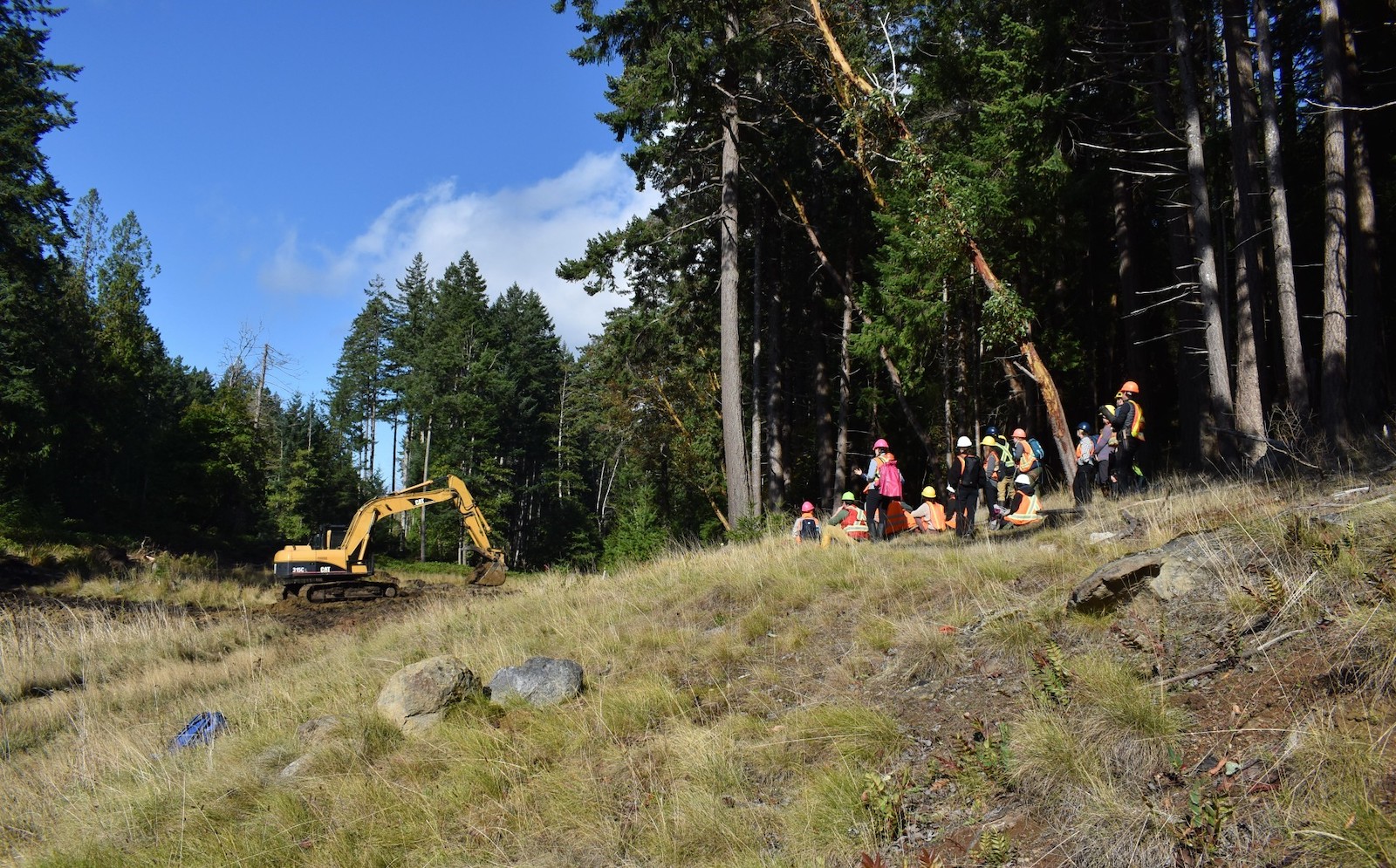
Back in B.C., Annschild said she could see a growing demand for wetland restoration. As climate-change-driven atmospheric rivers and flooding are occurring more frequently, she said, municipalities are looking to restore wetlands and flood plains to make communities more resilient.
As the federal government aims to protect 30 per cent of Canada’s land and water by 2030, many newly protected areas will need restoration.
“Many of our parks and protected areas have areas where there’s significant degradation to the ecosystem,” Annschild said. “By repairing that, we’re really enhancing those protected areas’ ability to support life.”
Adam Huggins is the restoration co-ordinator of the Galiano Conservancy Association, a non-profit dedicated to stewarding land on Galiano Island. He said when the conservancy first came into possession of the 29-hectare Chrystal Creek watershed in 2012, it had been disturbed.
While Huggins said they didn’t have records to show how the land looked before it was farmed, it was clear the land had previously been a wetland.
It had been home to red cedar trees and several freshwater species like northern red-legged frogs — a brown and black speckled frog whose hind legs sport translucent red undersides. The species mainly lives on Vancouver Island, the Gulf Islands and wetlands near Vancouver. The frogs have lost much of their wetland habitats across B.C., and the Committee on the Status of Endangered Wildlife in Canada has designated them a species of special concern.
Red cedar trees had long been removed. Wetlands had been flattened into fields, and years of vehicle use and animal grazing had compacted the earth into solid ground. Two dirt roads cut through the property. Dilapidated farm buildings, distressed fencing and discarded irrigation pipe littered the ground. Ditches channelled water straight off the property and into the ocean.
The land was no longer a sustainable home for red-legged frogs. The farmland’s ditches meant the land could no longer retain water as hot and dry spells became more frequent and intense during B.C. summers. The fields dried up. Huggins said the wetlands needed to be restored.
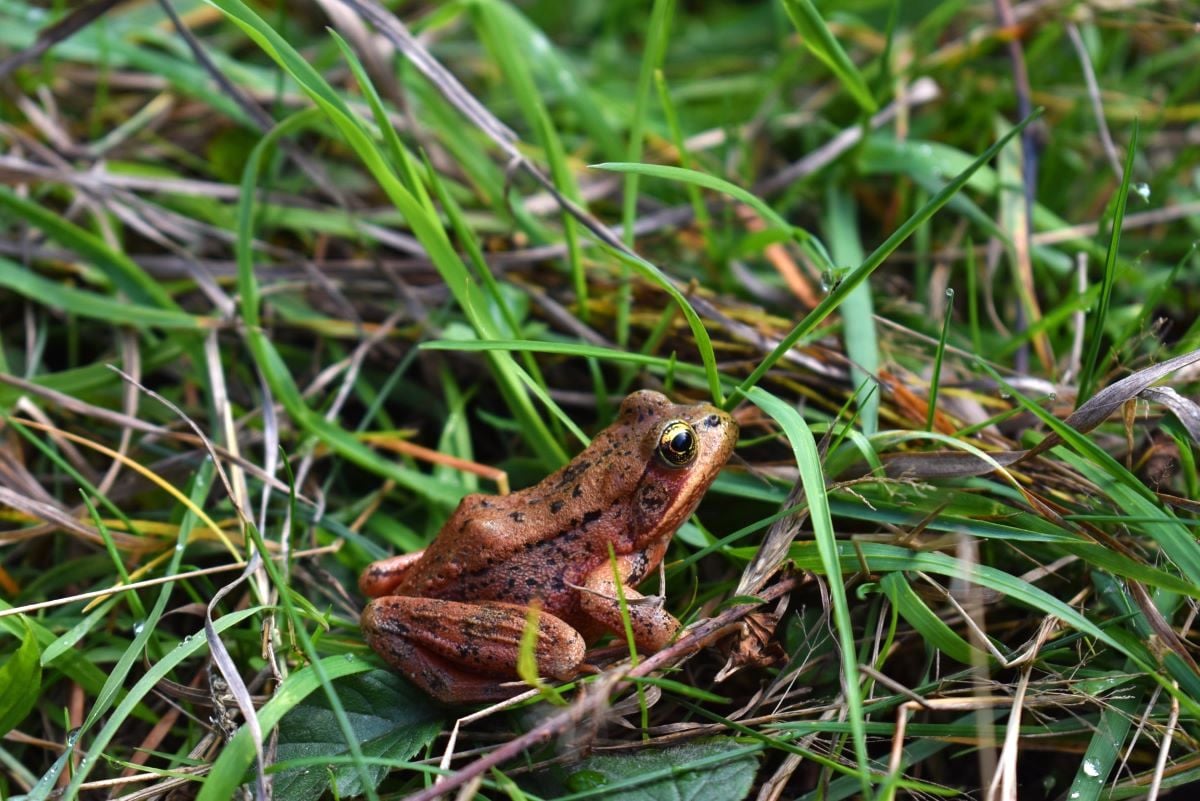
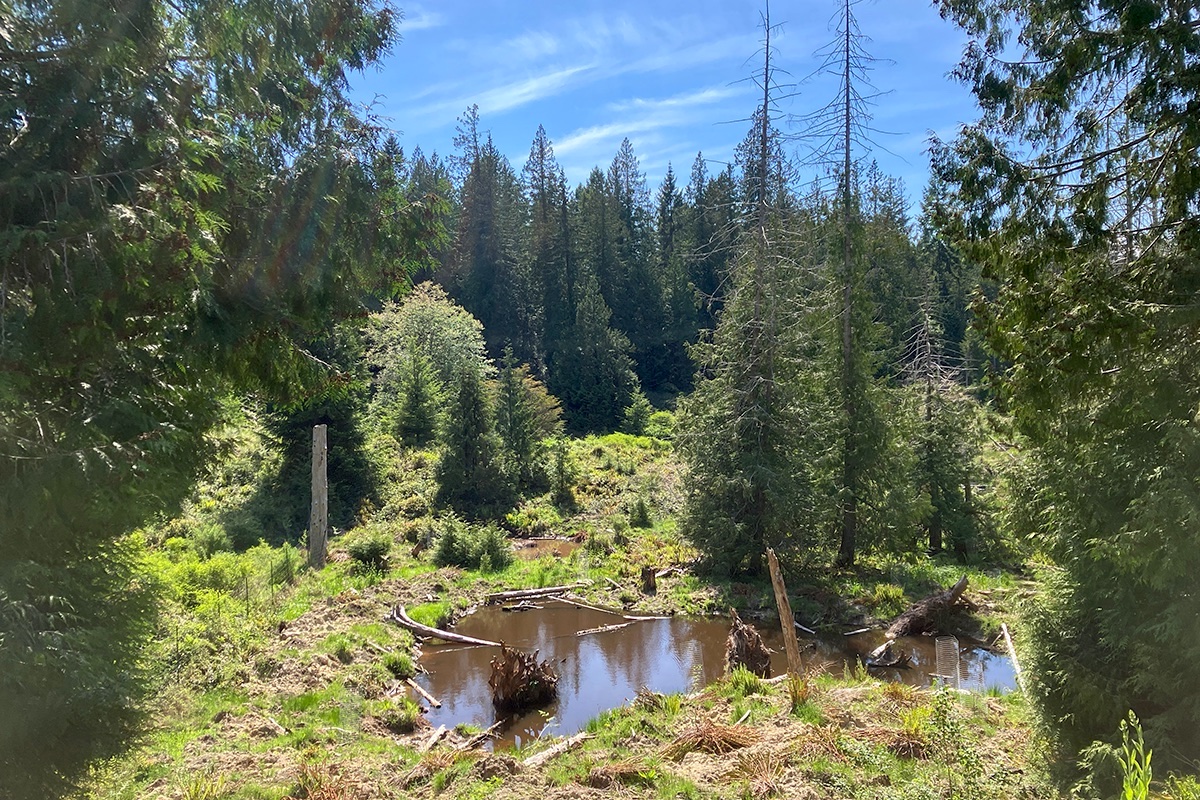
“High-quality habitat, high carbon [sequestration], high water retention, these are all the things that we today lack, we have destroyed. That creates an ecological debt,” Huggins said. “It looked to us like we would be able to address all three of these things through wetland restoration.”
In 2020, Annschild arrived on Galiano Island to assess the watershed. She designed a plan to restore the wetland so it might once again retain more water and be a home for plants like red cedar trees and critters like red-legged frogs.
For the next four years, Annschild visited for several weeks every fall and every spring to oversee the restoration work. With Annschild’s direction, a local excavating contractor dug out more than 92 wetland pools and connected them through a creek system. She reconstructed 200 metres of creek that helped water flow through the wetlands more naturally.
Under Annschild’s guidance, more than 600 volunteers racked up a combined 4,500 volunteer hours hauling garbage from the land and replanting native plants. Red cedar trees were reintroduced to the wetland. With heavy machines, contractors roughed up flat fields to restore the terrain.
“Before, these were flat, flat weedy grassy landscapes,” Huggins said. “Now, if you walk out there, the wetlands are all full of water — to the brim, and they will be for at least the [spring].”
The ground is rough and covered in logs of native trees. The ground is a mosaic of different soil textures. A burbling creek flows through the wetlands.
Huggins said the conservancy has spotted northern red-legged frogs breeding in the wetlands, alongside long-toed salamanders and tree frogs. Mallards, kingfishers and great blue herons have returned to the area.
While there’s plenty of demand for wetland restoration, Huggins said experts like Annschild are too scarce. “There are very few people that have the knowledge and the training and the skill to [restore wetlands] at this scale and complexity, and Robin is one of those few people,” Huggins said.
Annschild welcomes company in her chosen field. “There’s a huge opportunity for us to go back and do a lot of repairs and improve how we interact with water and with watersheds when we’re building human settlements,” she said.
She added Rewilding Water & Earth had room to grow. Annschild hopes that by restoring wetlands, she can help the natural world support more life and make a better landscape for her grandchildren.
“Community isn’t just about humans. It’s about all the life that lives on the landscape,” she said. “I’m passionate about restoring relationships, not only between settlers and Indigenous Peoples, but also between settlers and the land.” ![]()
Read more: Indigenous, Environment




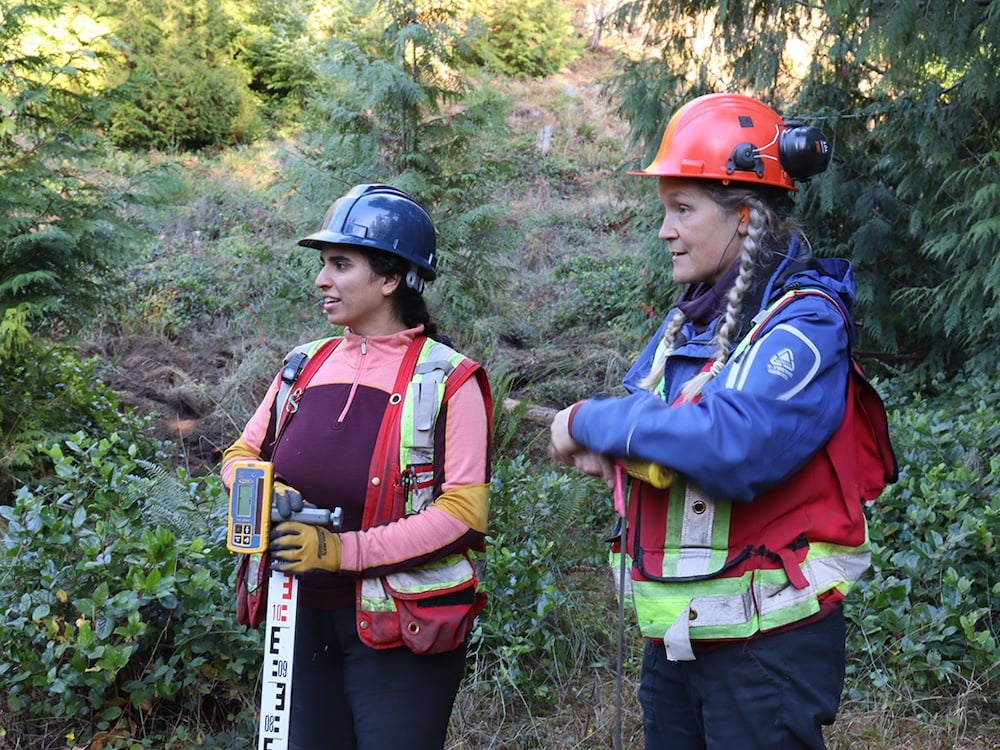












Tyee Commenting Guidelines
Comments that violate guidelines risk being deleted, and violations may result in a temporary or permanent user ban. Maintain the spirit of good conversation to stay in the discussion and be patient with moderators. Comments are reviewed regularly but not in real time.
Do:
Do not: